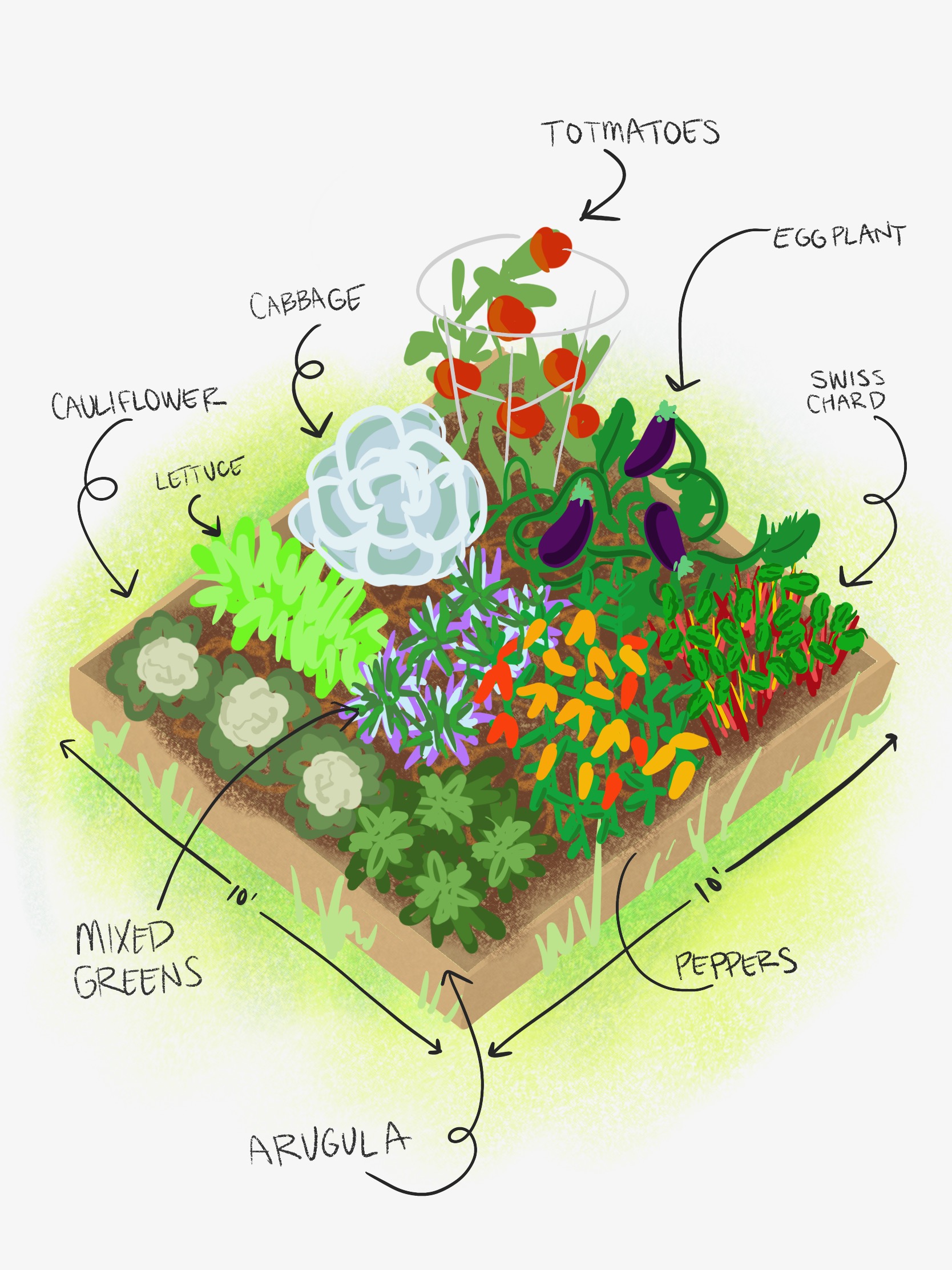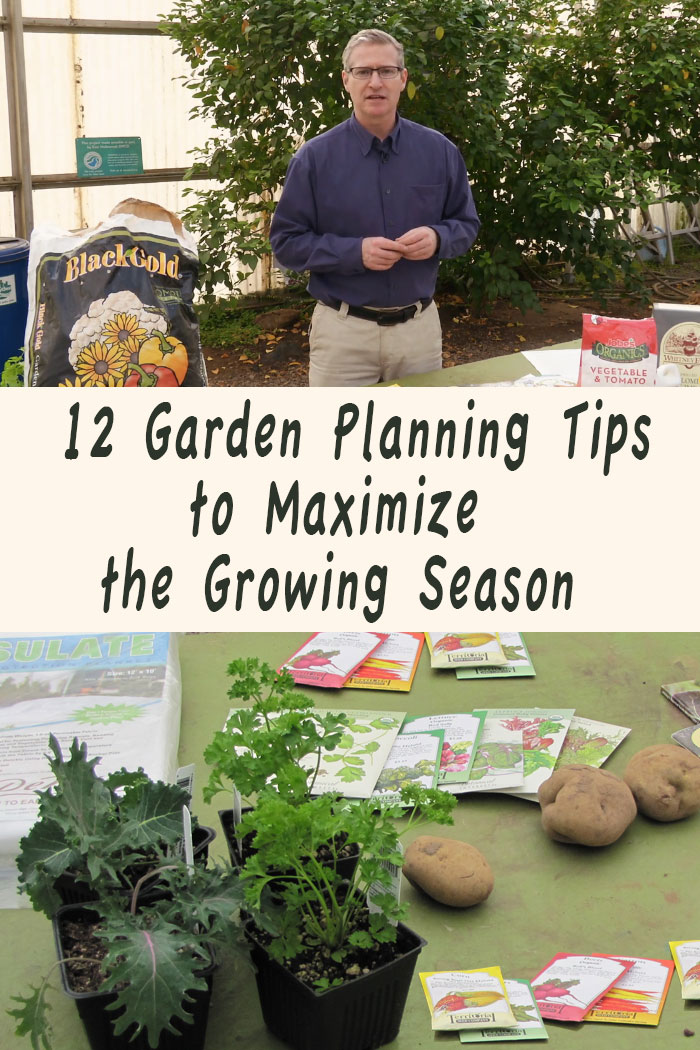How to Create a Garden Plan for Beginners: A Step-by-Step Guide

Embarking on your first garden plan can feel like stepping into a magical realm where nature and creativity intertwine. Imagine transforming a patch of earth into a vibrant, living canvas that reflects your unique personality and style. Whether you're dreaming of a serene retreat, a bustling wildlife haven, or a bountiful vegetable garden, this beginner's guide will walk you through the essential steps to create a garden plan that's both beautiful and functional. So, grab your gloves and let's dive in!
Understanding the Basics of Garden Planning
Before you start digging, it's crucial to understand the fundamentals of garden planning. Think of it like planning a road trip—you need to know your destination, the best routes, and what supplies you'll need along the way.
Assess Your Space
Begin by taking a good look at your garden space. Is it sunny or shady? Flat or sloped? Large or small? Understanding the characteristics of your garden will help you make informed decisions about what to plant and where.
Determine Your Garden Style
Next, consider your garden style. Do you prefer a formal, structured layout or a more relaxed, cottage-style garden? Are you aiming for a low-maintenance space or a lush, tropical oasis? Your style will guide your planting ideas and garden layout.
Garden Planning Tips for Beginners
Now that you have a basic understanding of your space and style, let's dive into some practical garden planning tips.
Start with a Sketch
Grab a pencil and paper and sketch out your garden layout. This doesn't need to be a work of art—just a rough idea of where you want to place different elements like paths, seating areas, and planting beds.
Consider Sunlight and Shade
Different plants have different light requirements. Make sure to place sun-loving plants in areas that get plenty of sunlight, and shade-loving plants in areas that are more sheltered.
Think About Scale and Proportion
When planning your garden, consider the size and scale of your plants. Tall plants should generally be placed at the back of beds, with shorter plants in front. This creates a sense of depth and ensures that all your plants get the light they need.
Beginner Garden Design: Planting Ideas
Choosing the right plants is one of the most exciting parts of garden planning. Here are some planting ideas to get you started.
Perennials vs. Annuals
Perennials are plants that come back year after year, while annuals need to be replanted each season. Perennials can be a great choice for low-maintenance gardens, while annuals offer a wider variety of colors and textures.
Native Plants
Consider incorporating native plants into your garden design. Native plants are adapted to your local climate and soil conditions, making them easier to care for. They also provide habitat and food for local wildlife.
Edible Gardens
If you're interested in growing your own food, consider adding a vegetable garden or herb garden to your plan. Even a small space can yield a surprising amount of fresh produce.
Garden Layout for Beginners: Putting It All Together
Now that you have a sketch, a list of plants, and an understanding of your space, it's time to put it all together.
Create a Planting Plan
Using your sketch as a guide, create a detailed planting plan. This should include the names and quantities of the plants you want to include, as well as their ideal spacing and light requirements.
Plan Your Hardscaping
Hardscaping refers to the non-living elements of your garden, like paths, patios, and walls. These elements can add structure and functionality to your garden. Consider materials like stone, brick, or wood, depending on your style and budget.
Consider Maintenance
Finally, think about how much time and effort you're willing to put into maintaining your garden. Some plants and features require more care than others. Choose a design that fits your lifestyle and schedule.
Bringing Your First Garden Plan to Life
With your plan in hand, it's time to bring your garden to life. Here are some final tips to help you get started.
Prepare Your Soil
Before planting, make sure your soil is in good condition. Test the pH and nutrient levels, and add compost or other amendments as needed.
Plant with Care
Follow the planting instructions for each plant carefully. This includes things like planting depth, spacing, and watering needs.
Maintain and Enjoy
Once your garden is planted, it's time to enjoy it! Keep an eye on your plants and provide regular care like watering, weeding, and pruning.

Conclusion: Embrace the Journey
Creating a garden plan is a journey of discovery and growth. It's a chance to connect with nature, express your creativity, and create a space that brings you joy. Remember, gardening is a lifelong learning process. Don't be afraid to make mistakes, ask for help, and try new things.
As you embark on this adventure, keep in mind the words of the famous gardener and writer Gertrude Jekyll: "A garden is a grand teacher. It teaches patience and careful watchfulness; it teaches industry and thrift; above all, it teaches entire trust."
So, grab your trowel, roll up your sleeves, and let the journey begin!
FAQs
What are the best plants for a beginner garden?
- Some of the best plants for beginners include easy-to-grow perennials like coneflowers, black-eyed Susans, and daylilies. Annuals like marigolds, zinnias, and impatiens are also great choices.
How do I know if a plant is right for my garden?
- Research the light, water, and soil requirements of each plant. Make sure these match the conditions in your garden.
What is the best time of year to start a garden?
- The best time to start a garden depends on your climate and the types of plants you want to grow. In general, spring is a great time to start planting.
How much does it cost to create a garden?
- The cost of creating a garden can vary widely depending on the size of your garden, the types of plants you choose, and whether you hire professional help. Start with a budget and prioritize your spending.
What if I make a mistake in my garden plan?
- Mistakes are a natural part of gardening. If something doesn't work out, don't be discouraged. Learn from the experience and try again. Gardening is all about growth—both for your plants and for you!

By following these steps and tips, you'll be well on your way to creating a beautiful and functional garden that you can enjoy for years to come. Happy gardening!
0 Response to "How to Create a Garden Plan for Beginners: A Step-by-Step Guide"
Post a Comment